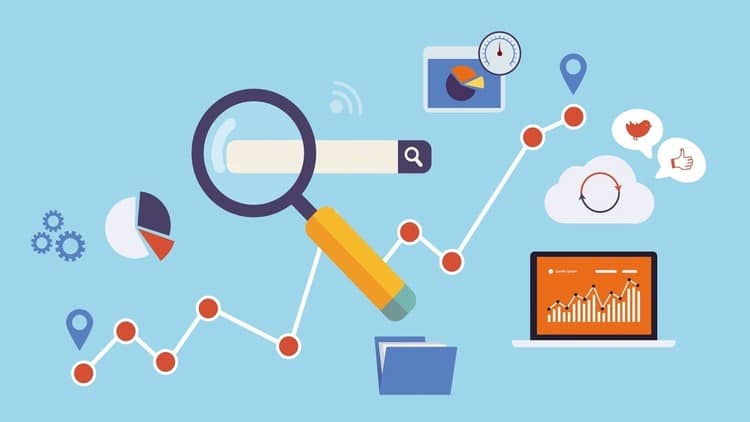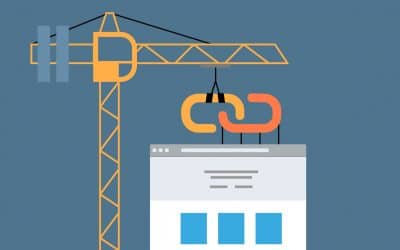Here is the complete guide for improving your website user experience.
What is UX?

The user experience includes behaviors that users perform while using a website. There are many factors that affect it, from the design of the website to the design of the forms. In other words, the user experience means how they browse your site, based on how easy it is to use and how “pleasant” it is to use. Improving it will make your entire website easier to use, making your visitors more likely to browse your content.
1. Responsiveness, That Is, How Mobile-friendly
More than half of Internet traffic comes from smartphones and other mobile devices. Therefore, it is essential for any website owner to use responsive technology for their site. Making your website easy to use for users browsing from mobile devices can increase your traffic in addition to the user experience.
Responsive web pages have a lower bounce rate, as those coming from a mobile can use these pages well when they open it. And this benefit will be reflected in Google’s search results ranking, which takes into account visits and bounces.
However, in order to increase the user experience (UX), the most important thing is that your website is not only technically perfect but also usable; since the latter aspect is more authoritative.
2. Posting Useful Content
This is probably the most important aspect both in terms of user experience (UX) and search engine optimization (SEO). Relevance, meaning that content is important and useful, is a basic requirement.
Make sure that the content published on the site is in line with the interest of your visitors, answer their questions and provide information. The more relevant the content on your webpage, the more satisfied your users will be and the better your experience with your webpage will be. If your content helps your visitors, it will most likely build trust in you and look at you and your website as a trusted source. This can become a returning visitor in the short and long term.
3. Speed up Your Website
Your web page’s loading speed should not negatively impact the user experience. If a page loads faster than 4-5 seconds, the number of users leaving your page exponentially increases every second.
You can reduce the loading speed of your web page by reducing the number of extensions used on your web page, as using too many extensions will slow down the web page loading speed.
Another effective way to improve speed is to optimize the size of images on a web page. In other words, try to reduce the size of the images to the smallest size so that it does not interfere with the user experience.
Do you want your website to me custom designed with great user experience?
We have the best Boca Raton web designers. Click here to get your website ready.
4. Readability
Readability refers to how easy it is for your visitors to understand the content on your website. The readability of the text depends on the content and appearance of the text. Choosing the font size, color of the text, and choosing the right background for the page can greatly improve the readability of your webpage and thus the UX. However useful the published information is, if it is presented to visitors in an easy-to-use format; they will not read it.
5. Use Eye-catching Visuals
An image is more than a thousand words. In today’s fast-paced digital world, users need to be able to understand the content on your page as quickly as possible. The human eye first looks for images, graphics, and videos on every web page. Therefore, using them can quickly capture the attention of your visitors, and help them understand the content itself.
In most cases, your own original photos work better than stock photos; because they are more relevant to the content itself, they generally illustrate it better. In summary, visual elements complement and enhance the content of the web page and its content, thereby increasing the time spent on your web page and the user experience (UX) itself!
6. Navigation
A well-designed and well-functioning menu system increases the usability of the website. Users already expect that there will be no interruption in navigating a website. Your website’s navigation and menu system should be able to make it easy for your visitors to find what they are looking for for your website. Ideally, visitors to your web site know almost without thinking where they need to click to find the information they are looking for.
7. Call To Action
Call to Action is a web and mobile interactive user element. Its primary purpose is to encourage users to take actions that lead to a conversion on a given page, on a mobile device. Make sure your website has an end goal, one thing you want your visitors to do. These can be many things, from signing up for a newsletter to ordering a product. It only depends on the purpose for which the website was created. Most importantly, this goal must be clear and easily identifiable to all visitors! The call-to-action (CTA) must be prominently displayed, clearly separated from the rest of the page, and in any case accessible to the visitor at any time.
8. Consider Using Videos
As we mentioned, a picture says more than a thousand words. However, you can further increase user engagement with your website by using video content. Their effectiveness lies in supplementing or presenting the necessary information to users in the form of a moving image.
Creating video content can only be hindered by available resources and time. A useful strategy is to add relevant videos to your text content on video sharing. The videos make the content easy to understand and interesting, thus improving the user experience (UX) of the website.
9. Use White Space
White Space is the space between the elements of a page. Many still do not take into account the role and usefulness of website design. Blank space is not only the backdrop of a page, but it is also a powerful tool for highlighting content. Each web page is made up of a number of visual components, and the white space helps users navigate between them by separating the various elements. The right amount of free space helps to draw users’ attention by making it known as a CTA. Empty spaces provide a fresh and modern look to web pages and help make our web page more transparent.
10. Test it
Testing, or more popularly known as A / B testing, allows every website owner to continuously improve the user experience (UX) of their website while collecting useful information about their habits. It allows you to see how the use of different elements influences the behavior of users within the site.
Each change can be tested for its impact on on-page conversions. These include images, colors, call to action (CTA) buttons, length, and wording of the text, and their placement on a web page. While A / B testing is a tool that helps website owners maximize conversions, when used properly, they can also positively impact the user experience (UX).




